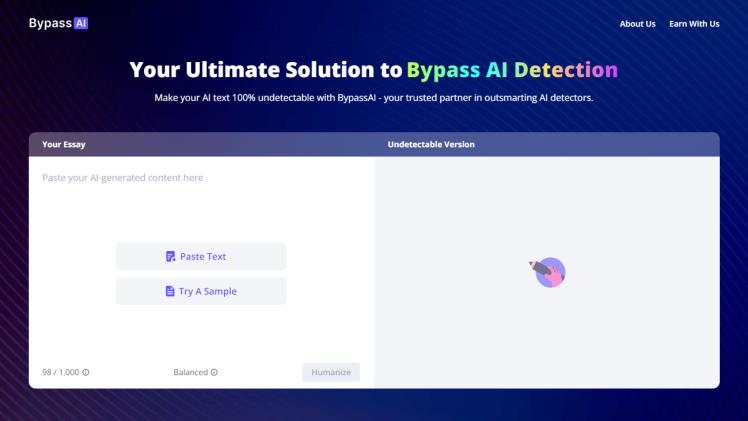A work breakdown structure is an essential tool for project managers. Its main feature is that it focuses on the end product rather than the activities necessary to achieve it. This is what makes it so useful for software developers, for example.
It also helps in measuring project completion, defining milestones, and allocating budget resources. It divides projects into manageable components that can be assigned to a required team member.
1. Identify the key deliverables
If you want to create a quality Work Breakdown Structure, look for software that offers clear measurement functionality – allowing you to easily set, alter and monitor progress on every element within the WBS. Also, your software should offer the ability to link tasks to illustrate dependencies between them and provide quick access to connected action items.
Identify the key deliverables for your project in each phase and then determine what individual tasks, activities or projects will be needed to create these deliverables. Then divide these project activities into more manageable chunks, referred to as Work Packages in the PMBOK.
One of the most important aspects of a WBS is that it describes deliverables rather than actions. You should avoid including any verbs in your Work Breakdown Structure. A “bike seat” for example would be a deliverable, but all the work involved in creating this (cutting leather, shaping foam, welding steel) would be outlined as a work package.
2. Identify the sub-tasks
There are many different ways to organize a work breakdown structure, from traditional tree diagrams to spreadsheet-style charts. Often, these charts are dynamic, shared documents that can be updated in real time and can also function as timelines for the project itself.
Whether you’re using a tree-style chart or a spreadsheet, it’s important to make sure that each WBS level contains all the work that needs to be completed to achieve the top-level deliverable. This is called the 100% rule and it’s an important part of ensuring that your WBS is accurate and complete.
When identifying your task groups, try to use nouns whenever possible. This will boost clarity. For example, if you’re building a bike seat, your task groups should include things like “cut foam,” “stitch leather,” and “assemble.” Once you have your task groups, it’s a good idea to create a WBS dictionary. This will help incoming teams understand each task and its scope.
3. Identify the resources
Creating a work breakdown structure involves a hierarchical deconstruction of the project scope and identifying all of its parts. The lower levels, known as work packages, represent different deliverables that need to be accomplished. They can help you estimate the project duration and develop a budget. Using a WBS also helps you mitigate and manage risks by anticipating them from the start.
WBS is a critical tool for managing project scope and determining the resources required to complete the project. Ideally, the high-level deliverables listed in the project charter match the work packages detailed in the WBS. The WBS should be clearly outcome-focused and use nouns to describe each element, avoiding the use of verbs to avoid confusion.
Most project management software offers a WBS template to simplify the creation of this structure and offer step-by-step instructions. Alternatively, you can create a work breakdown structure manually in a spreadsheet or use another method such as Gantt chart software.
4. Identify the risks
The more effective the team is in defining the WBS at the beginning, the less likely major issues will arise throughout the project. It also minimizes the chance that tasks will be neglected because they were not clearly defined at the outset.
A WBS is a deliverables-based decomposition of the total project scope. It consists of three layers: the main deliverable, control accounts, and work packages. The WBS can be presented in many formats such as a tree diagram, spreadsheets, Gantt charts, and so on.
While creating a work breakdown structure, it’s important to avoid using verbs such as “develop” or “perform”. Each WBS level must describe a deliverable, not an activity, so make sure that every item in the WBS corresponds with an end product (for example, the bicycle seat, fork, and handlebar). You can remove any verbs from the WBS once you’re done. This way, your WBS is clearer and easier to use.
Requirements Engineering is an approach for product people to elicit, analyze, validate, document and manage the right product requirements. This helps produce fit-for-purpose delightful digital products for your users and fulfills the business goals of your company.
In a typical project, domain experts (i.e., software engineers) work with users and stakeholders to gather the necessary requirements. This is done by using multiple techniques such as interviews, workshops, surveys and prototypes. This process is very important as it can be extremely difficult to capture user requirements correctly on the first attempt. Without this, a number of problems can occur: users will be dissatisfied with the result of the system (because it doesn’t fulfill their needs), requirements might be missed or even entirely ignored, and ambiguous requirements could lead to wrong solutions or over-reaching goals that cannot be achieved with existing technology (aka gold-plating).
Another key aspect of RE is the identification and classification of requirements. It is often impossible to implement every requirement so it’s important to prioritize them based on their importance, the degree to which they contribute to the overall goal of the project, and the amount of effort required to achieve them. One popular way to do this is to use a 3-level priority scheme such as essential/highly desirable/desirable.
Lastly, RE also includes the validation and management of the requirements throughout the lifecycle of the project. This ensures that any changes or updates to the requirements are recorded and communicated appropriately. It also ensures that the requirements are traceable, that they are understood by all stakeholders, and that the developed software satisfies the requirements that have been specified. Read more!

